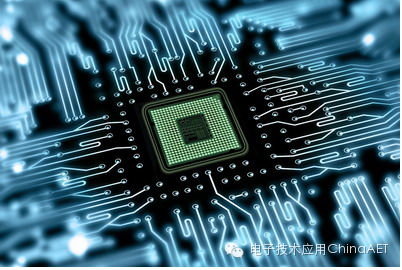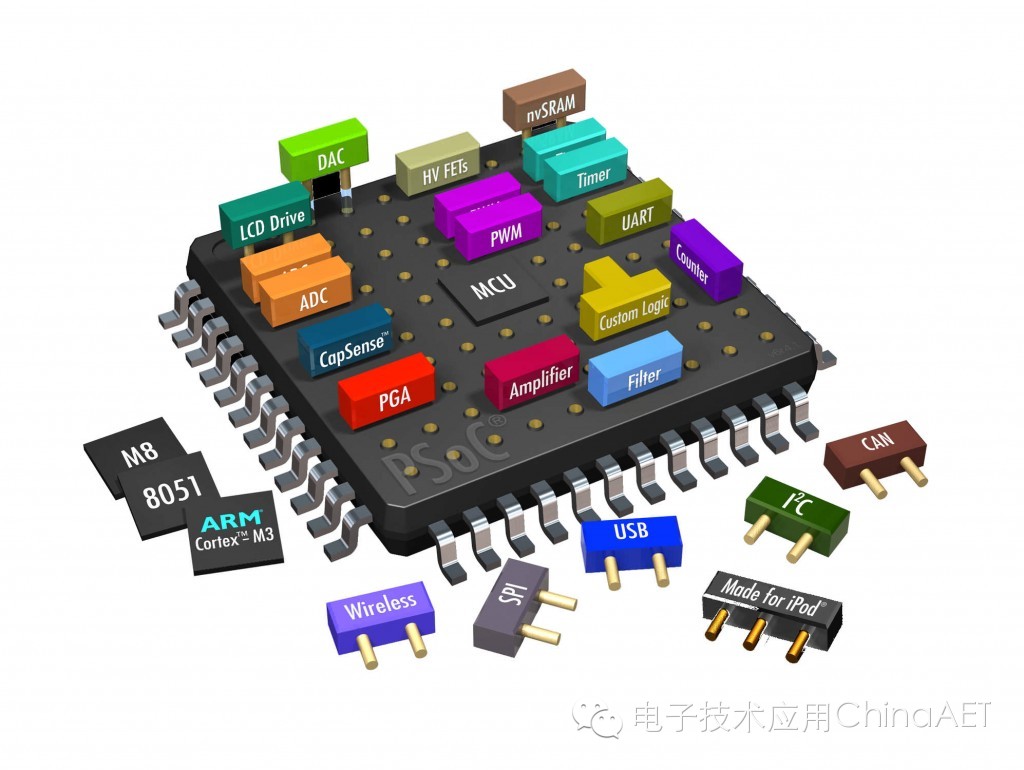After more than 50 years of absolute dominance, the CPU is finally facing new challenges, with the challenger being the SoC. In the past decades, you could walk into any computer store and choose a brand new computer based on CPU performance. Now, whether you look at smartphones, tablets, or laptops, they are all starting to use SoCs. Don’t panic. In fact, CPUs and SoCs are very similar. Everything you know about CPUs also applies to SoCs.

What is a CPU?
Although people have always emphasized CPU technology and performance, in essence, a CPU is just a super-fast calculator. The CPU retrieves data from memory and performs a series of mathematical operations (addition, multiplication) or logical operations (AND, OR, NOT) to process this data. The more expensive/complex a CPU is, the stronger its computing power, and the faster the computer runs.
However, a CPU alone does not constitute a personal computer; it needs the assistance of other chips to function. You need memory to temporarily store data, an audio decoding chip to decode and amplify music, and a graphics card to output rendered images to the display, along with hundreds of other components that each play their role. If any one of these chips fails, the computer will “break down.”

What is SoC?
SoC stands for System-on-Chip, which is a highly integrated chip that incorporates many important components mentioned above into a single silicon chip. Besides the CPU, a system-on-chip also includes a graphics card, memory, USB controller chips, power management circuits, and wireless chips (Wi-Fi, 3G, 4G LTE, etc.). As mentioned earlier, a standalone CPU chip cannot do much, but a system-on-chip can potentially serve directly as a computer.
Differences Between SoC and CPU
Firstly, the greatest advantage of SoC is its size. A fully functional system-on-chip occupies an area slightly larger than a standalone CPU. If you want to build a computer using a CPU, it would be extremely difficult to produce a computer with an area not exceeding 10 square centimeters, as you need to leave enough space for other components. SoC simplifies this greatly; we can place this fully functional chip inside a smartphone or tablet, leaving ample space for a reasonably sized battery!
Due to the high integration of SoC chips and shorter wiring, their power consumption is also relatively low. In the mobile sector, low power consumption is a goal that manufacturers strive for. Additionally, by integrating many chips together, there is no need for separate configurations for more chips, which effectively reduces production costs, making SoC solutions more cost-effective.
Of course, the biggest disadvantage of SoC is the lack of flexibility. For a standard computer, users can choose to upgrade the CPU, graphics card, or increase memory capacity, etc. However, with your smartphone, you have no such options. Perhaps in the future, you will be able to buy different SoC chips, but upgrading memory or similar tasks, even if possible, would not be worth the cost and effort.
The Decline of CPU Dominance
Ultimately, SoC will completely replace the CPU. We are already seeing signs of this in AMD’s Llano and Intel’s Ivy Bridge processors. These chips integrate memory controller chips, PCIe controllers, and graphics cores within the processor itself. Of course, the demand for general-purpose CPUs will still be significant, especially in the server and supercomputer markets, where power consumption and space are not issues, and performance is the decisive factor. However, the future computer market belongs to mobile devices, and SoCs will eventually see their glorious day.
